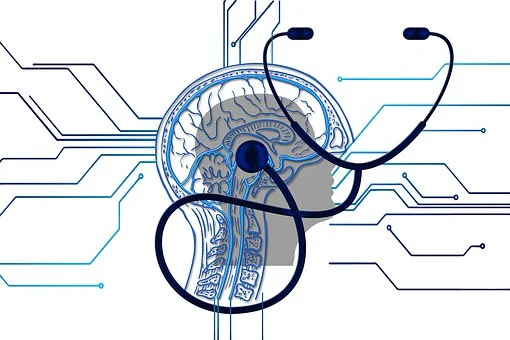Cognitive Load Theory In Instructional Design

It is imperative that you comprehend the fundamentals of the Cognitive Load Theory and include them into your instructional design if you want your learners to benefit fully from the eLearning course you are developing.
You may learn more about Cognitive Load Theory in this manual, including how it might be used in educational contexts. For further information, see the presentation and paper on Cognitive Load Theory and Instructional Design.
Making ensuring that the material being delivered is not only understood by the learner but also that they are able to retain that information for future use is one of the most crucial parts of any eLearning course design.
As a result, an effective instructional designer must constantly be aware of the learning strategies being used, the volume of data provided, and the structure in which the knowledge has been condensed and subsequently disseminated.
To ensure that your learners get the most out of the eLearning course you are developing, it is imperative that you comprehend the fundamentals of the Cognitive Load Theory and include them into your instructional design.
You may learn more about Cognitive Load Theory in this manual, including how it might be used in educational contexts.
See: What Cognitive Load Does To Learners
How does Cognitive Load Theory work?
According to the Cognitive Load Theory, students cannot properly absorb and retain information if it is presented in a way that “overloads” their brains.
In other words, our working memory, or short-term memory, can only hold so much information at once (rather than an infinite supply of data).
The more material that is presented all at once, the less likely it is that the pupils will actually retain what is being taught or be able to use it later.
According to the Cognitive Load Theory, each person has a mental “schema,” which is a collection of structures that allow us to think and solve problems (for more info check Instructional Design Models and Theories: Schema Theory).
Also, it enables us to approach a number of distinct aspects that make up a lesson or experience as a single, cohesive element. In other words, it is the foundation of our knowledge. This view holds that the apprentice lacks the master’s built-up or established schema, which is a crucial distinction between an apprentice and a master.
What are the Rules for Applying the Cognitive Load Theory to Online Learning?
The following guidelines of the Cognitive Load Theory should be taken into consideration while creating an online course:
By combining the numerous sources of knowledge rather than providing them with each source separately, you can lessen the workload being placed on the students’ working memory.
Avoid using activities that need a “means-ends” approach in projects or lessons that call for problem solving skills, as doing so will tax the working memory. Use problems or examples that don’t have any goals to make your point instead.
In order to lessen the working memory’s stress from needless repetition, limit the amount of redundancy in the design of eLearning courses.
Increase the learners’ short-term memory capacity by using visual and aural instruction strategies, especially when both types of instruction are necessary.
How Can the Cognitive Load Theory Be Used in Educational Environments?
According to the Cognitive Load Theory, a learner’s schematic structure must be changed for actual learning to occur. If this happens, students will be able to comprehend the material being presented, process it in their working memory, and then commit it to long-term memory.
In this situation, individuals will be able to draw on knowledge they have already acquired to broaden their knowledge base.
Yet, if cognitive overload occurs, students will be more prone to make mistakes, not pay attention to the course topics adequately, and put up poor effort in general.
Simply put, the learner’s inability to digest the lesson’s content prevents the schematic structures and pathways from changing.
Thus, from the perspective of instructional design, eLearning courses should be developed in a way that lessens the cognitive load that is put on the learners.
The students will have the chance to process what is being taught more efficiently and effectively as a result.







